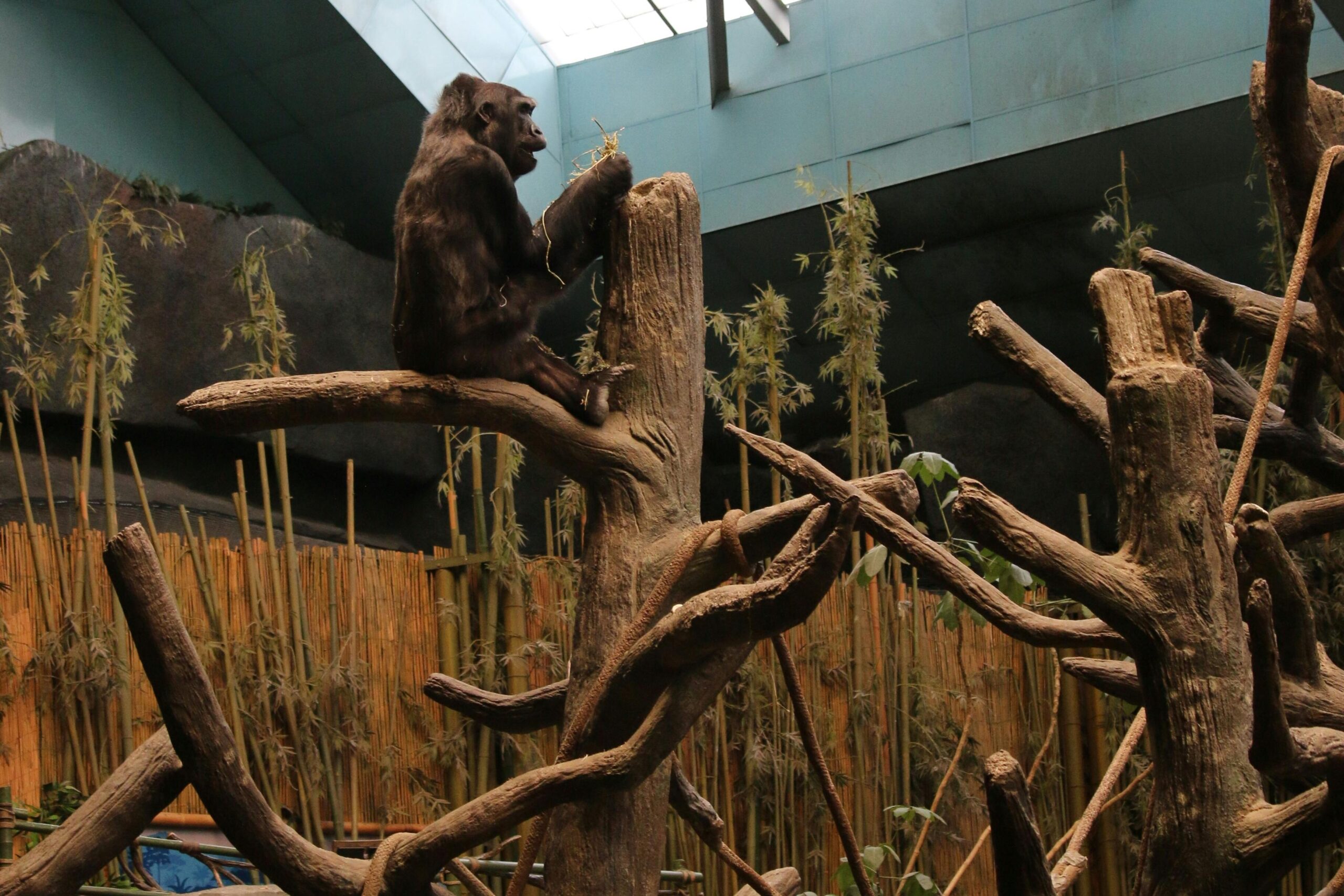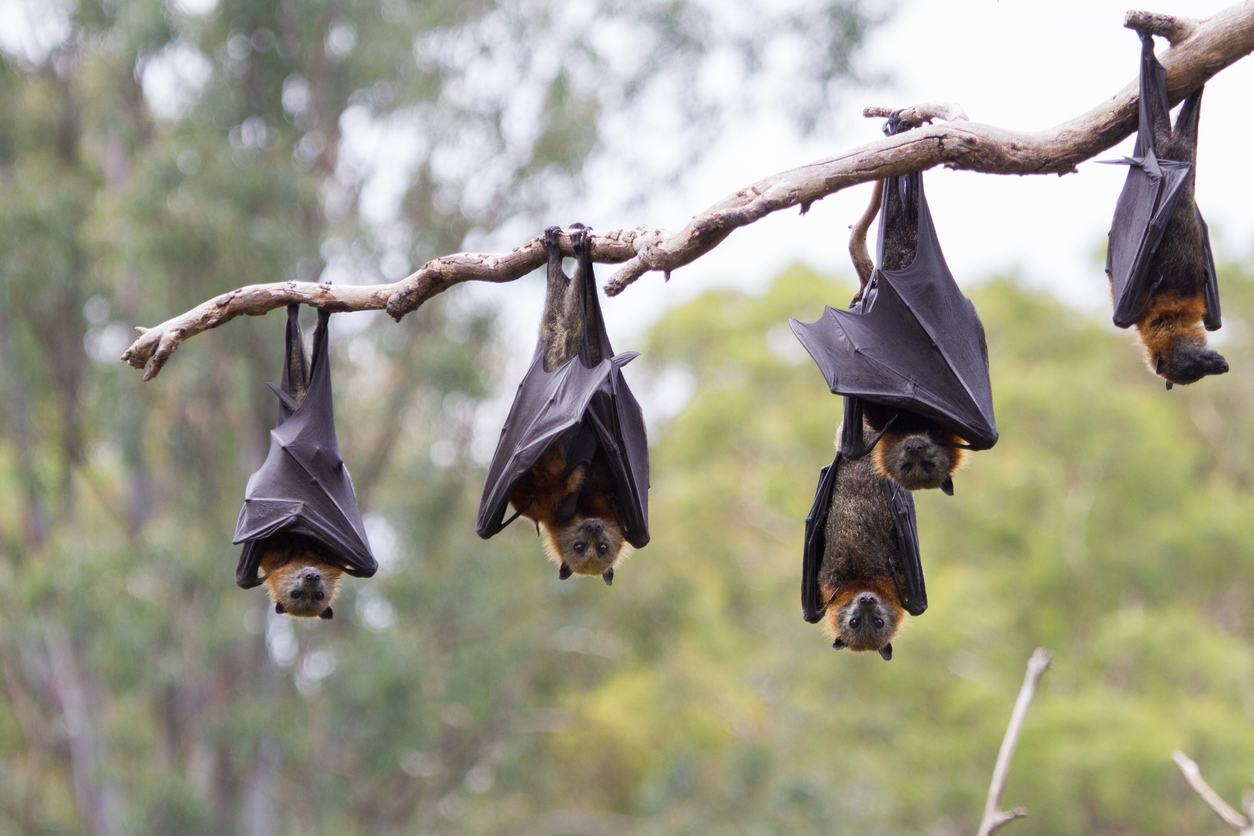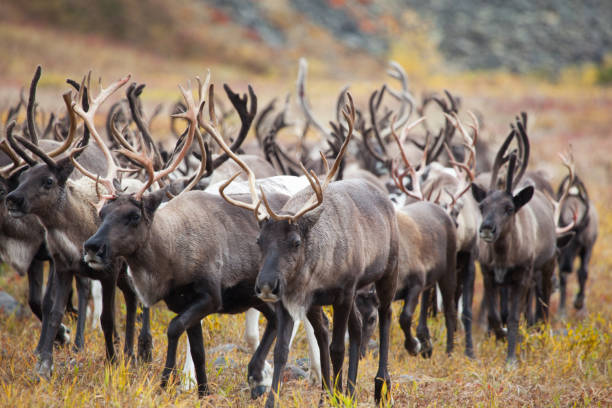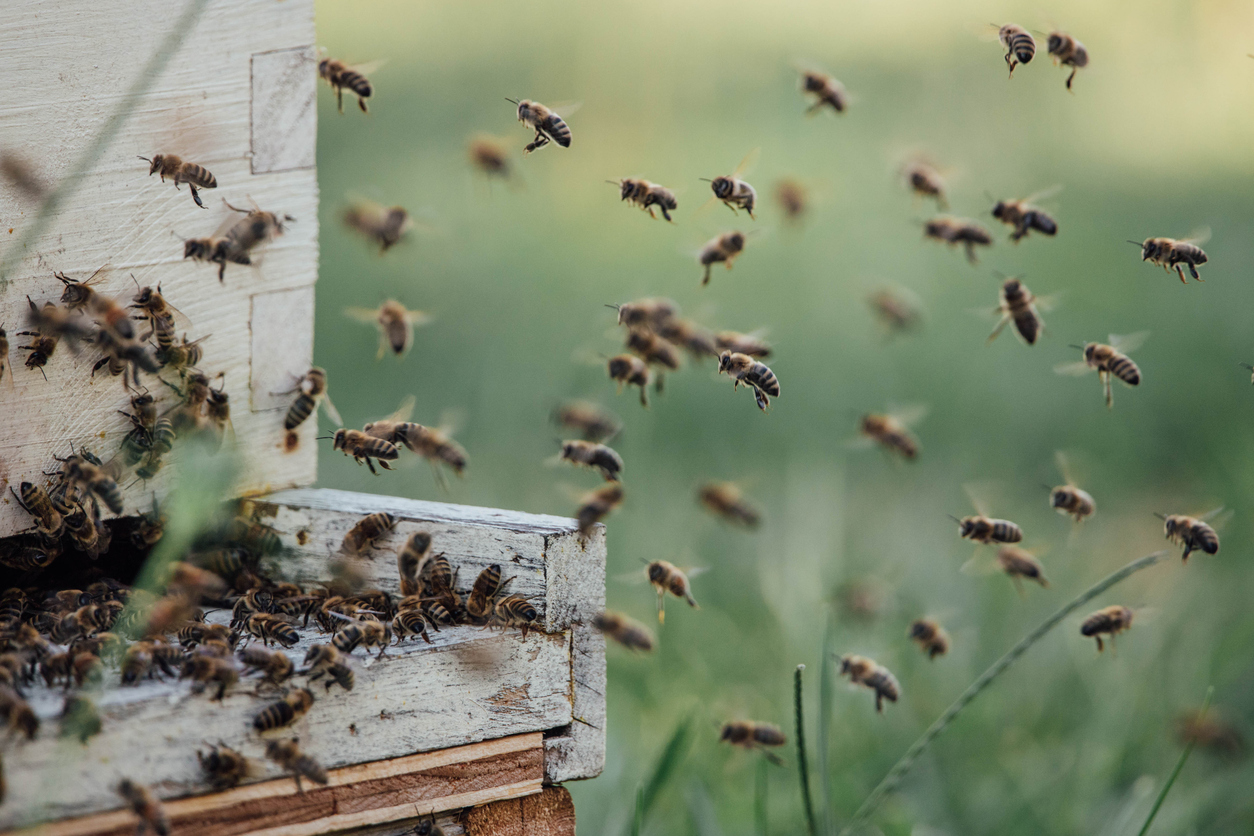The Legendary Jungle Boozers

Picture a herd of elephants, massive yet surprisingly wobbly, staggering around like a group of college freshmen at their first party. That’s what happens when they indulge in the infamous marula fruit. Found in Africa, marula fruit ferments quickly in the heat, turning into a natural alcoholic treat. Elephants, with their love for the fruit, gobble it up in massive quantities, leading to some comical, and slightly chaotic, scenes. While some researchers debate just how “drunk” they get, locals swear by stories of elephants trumpeting wildly, stumbling through villages, and occasionally getting into some hilarious mischief. Some accounts even describe elephants getting grumpy after the fruit runs out, as if experiencing their own version of a hangover.
And it’s not just African elephants—Asian elephants have been known to raid rice beer supplies in remote villages. In India, entire herds have been caught breaking into huts where villagers store their homemade brews, leaving behind a trail of destruction and broken clay pots. Despite their sometimes chaotic behavior, it’s hard not to find some humor in the idea of these gentle giants indulging in nature’s happy hour. Their love for fermented fruit is so legendary that the marula tree itself is often called the “elephant tree.” Whether or not they’re truly getting drunk, one thing is clear—elephants definitely know how to have a good time.
The Rowdy Bar Patrons

If you’ve ever been to a tropical resort and had your drink mysteriously vanish, you might have fallen victim to a mischievous monkey. Specifically, vervet monkeys, found in the Caribbean, have developed a notorious love for alcohol. These crafty little creatures have been observed stealing fruity cocktails right off tourists’ tables. Studies have shown that some monkeys even have drinking habits similar to humans. Sound familiar? Researchers have even conducted experiments offering monkeys alcohol, and, surprisingly, they show the same range of drinking behaviors as people. Some prefer just a sip or two, while others go all in, drinking until they can barely function.
The most fascinating part? Scientists believe vervet monkeys’ attraction to alcohol may stem from an evolutionary past where fermenting fruit was a reliable food source. Over generations, their taste for ethanol could have developed as a survival mechanism, helping them identify ripe, calorie-rich fruit. This also explains why they actively seek out sugary, alcoholic drinks today—modern-day cocktails aren’t much different from the fermented fruit they once relied on. But just like humans, some monkeys don’t handle their liquor well. Researchers have reported that the more aggressive monkeys tend to be the heaviest drinkers, while the more timid ones either sip lightly or avoid alcohol altogether.
The Unexpected Boozy Giants

It’s hard to imagine a towering moose, usually so majestic, swaying side to side in a tipsy haze. But these massive creatures have been known to get drunk off fermented apples, especially in Scandinavian countries. Once the apples start rotting, they turn into nature’s version of hard cider, and moose can’t seem to resist. Every few years, stories emerge of moose stumbling through neighborhoods, crashing into things, and even getting stuck in trees (yes, really). One particularly famous incident in Sweden involved a moose that got so drunk it ended up tangled in an apple tree, requiring a rescue operation to set it free. Imagine waking up, looking out your window, and seeing a 1,000-pound animal dangling from your backyard tree like a forgotten Christmas ornament.
The problem is, a tipsy moose isn’t just a funny sight—it can also be a serious hazard. Unlike smaller animals, moose don’t just stagger off harmlessly when they’ve had too much; they sometimes become irritable, confused, or aggressive. There have been cases of intoxicated moose charging at cars, wandering onto highways, and even breaking into greenhouses, likely in search of more fermented treats. Some wildlife experts believe their keen sense of smell leads them straight to overripe fruit, even if it’s inside someone’s yard. Because of this, people in moose-heavy regions are often advised to clean up fallen apples to avoid hosting an uninvited, and very drunk, guest. It’s one thing to deal with a raccoon rummaging through your trash, but a moose on a bender? That’s a whole different level of wildlife trouble.
The Only Drunks Who Can Still Fly

Most creatures lose their ability to function properly when intoxicated, but bats? They’re built different. Studies have shown that fruit bats, despite consuming fermented nectar and fruit daily, can still fly perfectly fine, even with alcohol in their system. Scientists believe their metabolism is incredibly efficient at processing alcohol, making them the only known creatures that can be drunk and still perform aerial acrobatics. Imagine humans having that skill—happy hour would never be the same. A study in Belize tested bats by offering them different levels of alcohol in their food and then observing their ability to navigate obstacles. The results? Even after consuming the bat equivalent of multiple strong drinks, they still flew flawlessly through mazes, dodging every obstacle like seasoned pilots.
This unique ability is likely an evolutionary advantage, allowing them to feast on fermented fruit without suffering the disorienting effects other animals experience. Unlike humans, bats don’t get “drunk” in the typical sense—they metabolize the alcohol so quickly that it barely slows them down. This doesn’t mean they don’t enjoy the taste, though. Some researchers believe bats might actively seek out slightly fermented fruit over fresh ones because of the higher sugar and energy content. If that’s the case, bats are essentially the world’s only functional alcoholics—handling their booze with a level of grace and precision that would put most humans to shame.
The Clumsy, Sky-High Party Animals

Ever seen a bird fly headfirst into a window and wondered, “What’s going on there?” Turns out, certain birds, especially waxwings, are notorious for getting drunk off fermented berries. In colder climates, berries left on trees start fermenting, creating a natural boozy snack. Birds, being none the wiser, eat them and quickly get plastered. The result? Birds falling out of trees, crashing into cars, and generally making fools of themselves in the most adorable way possible. Some towns have even had to issue warnings during berry season, cautioning people about tipsy birds causing minor havoc. It’s not uncommon for animal rescue centers to take in “drunk” birds and keep them safe until they sober up.
The problem isn’t just their uncoordinated flight—it’s the crashes that come afterward. Drunk birds are more likely to fly into windows, buildings, and even each other. Some have been spotted staggering on sidewalks, unable to take off properly. One Canadian town had such a problem with intoxicated waxwings that local authorities set up special “bird drunk tanks” to help them recover safely. Unlike humans, birds don’t get hangovers—they simply sleep it off and fly away as if nothing happened. If only we could all bounce back that fast.
Australia’s Poppy-Loving Junkies

Wallabies may look cute and innocent, but they’ve been caught red-pawed raiding poppy fields in Australia. Poppy plants, used to produce opium, contain compounds that can have a narcotic effect when consumed. After indulging, wallabies have been observed hopping in circles, looking dazed, and generally acting like they just left a psychedelic music festival. Farmers report finding these marsupial misfits in bizarre, loopy states, sometimes even creating accidental “crop circles.” It’s an amusing sight, but for farmers, it’s also a real problem—high-as-a-kite wallabies are not exactly gentle on their fields.
It’s unclear whether wallabies seek out the poppies intentionally or just stumble upon them and enjoy the surprise effect. Either way, their antics have been well-documented, with some even appearing to “zone out” and stare at nothing for minutes on end. Some researchers suggest that this behavior might be similar to other animals that seek out intoxicating substances, possibly as a way to relieve stress or simply out of curiosity. Regardless of the reason, these little creatures have earned a reputation as Australia’s unintentional druggies, adding yet another layer to the country’s already bizarre wildlife.
Santa’s Little Psychedelic Flyers

Turns out, the inspiration for flying reindeer might not be so far-fetched. In Siberia, wild reindeer have been seen actively seeking out and eating Amanita muscaria mushrooms—yes, the classic red-and-white spotted ones straight out of a fairy tale. These mushrooms contain hallucinogenic compounds that can make the reindeer act… a little strange. Some leap around wildly, others become eerily still, and a few even seem to “chase” invisible things. In indigenous Siberian cultures, shamans have long known about this behavior and even drank the urine of these tripping reindeer to experience the hallucinogenic effects themselves. Yes, you read that right—people have literally been getting high off reindeer pee for centuries.
Scientists believe that the mushrooms may create a feeling of euphoria or heightened senses, which could explain why reindeer actively seek them out. Some even suggest that this could be the origin of the “flying reindeer” myth, as hallucinating reindeer tend to prance around in ways that might look like they’re soaring. In the deep snow of Siberia, where food options are limited, these mushrooms might even provide some form of relief or stimulation during harsh winters. Whatever the reason, it’s clear that reindeer aren’t just Santa’s helpers—they’re also nature’s original psychonauts.
The Tiny Drunken Flyers

If you’ve ever seen a bee flying erratically, zigzagging like it just left a bar, there’s a chance it’s had a bit too much fermented nectar. Bees can become intoxicated from overripe, fermenting flowers, which mess with their sense of direction and coordination. Some beekeepers have even noticed “drunk bees” struggling to land properly or being denied entry back into the hive—yes, their own colony will kick them out if they show up wasted. Nature really does have its own bouncers. The reason for this is simple: a drunk bee is a liability. If it stumbles back to the hive and starts dancing erratically, it could mislead other bees about food sources, causing unnecessary chaos.
To prevent this, some hives have designated “guard bees” that check incoming workers. If a bee smells too much like fermented nectar, it gets turned away until it sobers up. It’s a strict but necessary rule, ensuring that the hive functions smoothly without misleading drunk scouts sending everyone on a wild goose chase. Interestingly, scientists studying bee intoxication have found that alcohol affects them much like it does humans—some get clumsy, others get aggressive, and a few just lie down and take a nap. If bees ever develop tiny bee-sized bars, you can bet they’d have some of the most entertaining patrons in the insect world.
The Forest’s Rowdy Drunks

Squirrels may be quick, agile creatures, but throw a little fermented fruit into the mix, and suddenly they’re stumbling like a toddler in oversized shoes. In the fall, leftover fruit from trees begins to ferment, creating an irresistible yet intoxicating snack. There are multiple documented cases of squirrels swaying on branches, misjudging jumps, or even passing out mid-climb. It’s like watching a tiny, furry drunk uncle at a family gathering. Some have even been seen lying flat on the ground for extended periods, as if contemplating all their life choices.
Drunk squirrels can be a hazard, though—not to others, but to themselves. A misjudged leap can end in an embarrassing fall, and a dazed squirrel is an easy target for predators. One viral video showed a squirrel wobbling around someone’s backyard, trying to climb a tree but failing miserably before eventually passing out on a fence. Unlike some animals that seem to actively seek out alcohol, squirrels likely don’t realize what they’re getting into—they just want fruit. But once the effects kick in, their usual hyperactive energy turns into something hilariously chaotic.
The Jungle’s Psychedelic Trippers

Jaguars, known for their raw power and deadly precision, have a surprising soft spot for a mind-altering jungle vine. In the Amazon, these big cats have been observed chewing on the yagé (ayahuasca) plant, which contains powerful hallucinogenic compounds. After ingesting it, jaguars exhibit strange behavior—rolling on the ground, staring into space, or moving in slow, exaggerated motions. Some scientists believe this helps them heighten their senses before hunting, while others think they just enjoy the trip. Either way, these jungle predators have a wild side—literally.
Indigenous tribes have long observed jaguars seeking out these plants and believe the experience gives them enhanced spiritual awareness. Some even view the jaguar as a sacred animal because of its connection to ayahuasca, which is also used in traditional shamanic rituals. The fact that these powerful, fearsome creatures willingly indulge in a hallucinogenic substance is both fascinating and a little eerie. Perhaps they know something we don’t. Whatever the reason, it’s clear that jaguars aren’t just kings of the jungle—they might also be its most enlightened partygoers.


